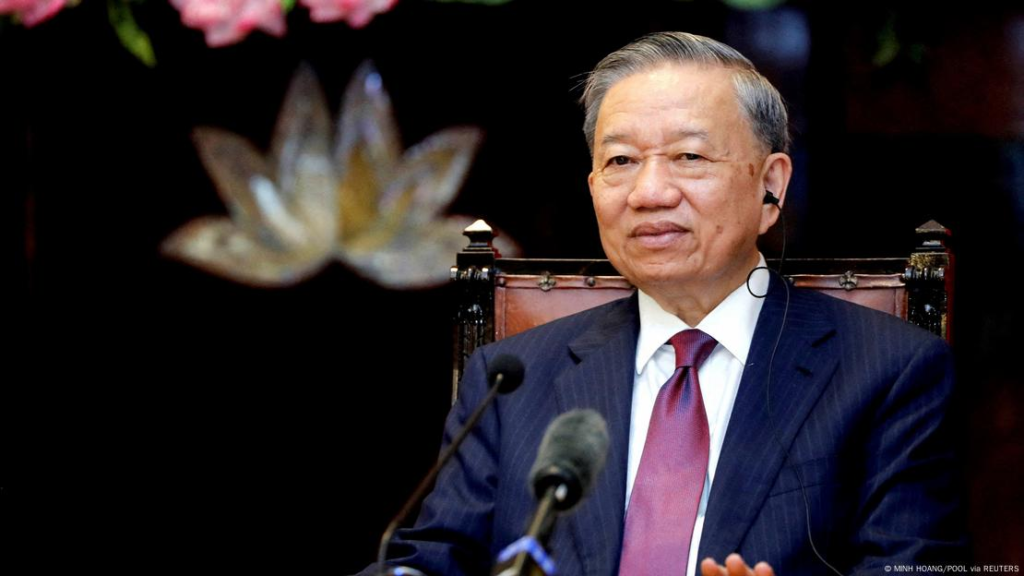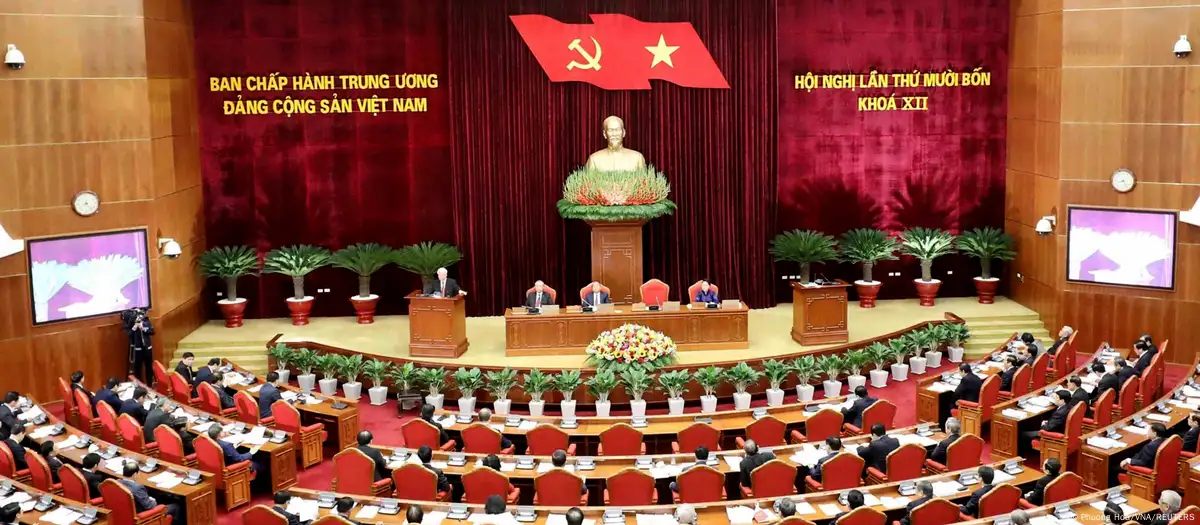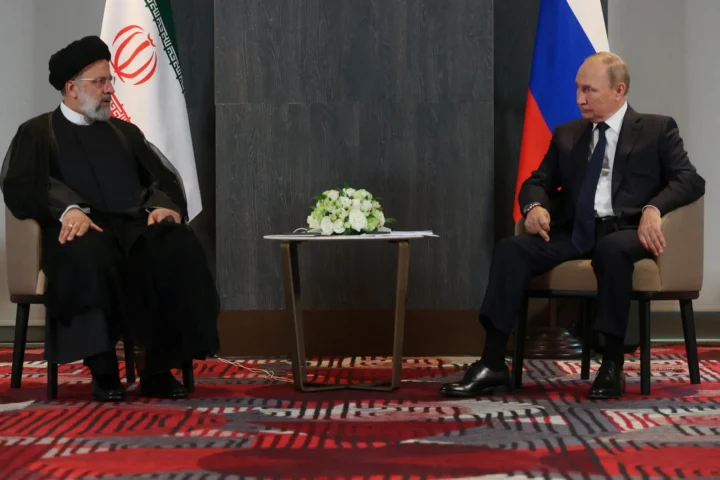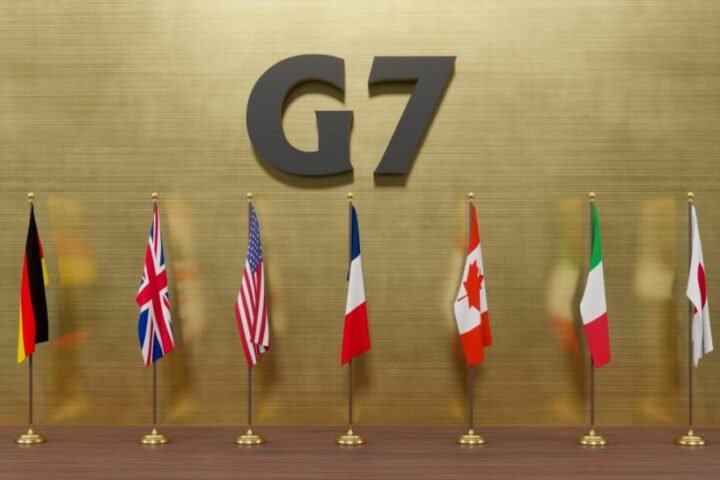Vietnam’s Parliament has green-lighted bureaucratic reforms, slashing ministries, agencies and broadcasters to reduce red tape and boost growth. The changes risk short-term disruption but may offer long-term benefits.
Vietnam’s communist government plans to cut one in five public sector jobs over the next five years as part of a sweeping effort to streamline its bureaucracy.
On Tuesday, the country’s parliament approved a reduction in the number of ministries from 18 to 14. The rubber-stamp National Assembly also approved two new deputy prime ministers, bringing the total to seven.
According to the government, around 100,000 employees will either be made redundant or offered early retirement.

What changes are taking place?
As part of the restructure, state-owned media organizations, the civil service, the police and the military will face cuts. The ministries of transport, planning and investment, communications and labor have all been scrapped.
The planning and investment ministry, which approves foreign investment projects, will join the finance ministry, while the transport ministry and the construction ministry will be merged. The natural resources and environment ministry and the agriculture ministry will also be merged.
Such moves are not unprecedented in Vietnam, which steadily reduced the number of ministries from 36 in the early 1990s to 22 by 2021.
However, analysts note that the scale and pace of the reforms are vast, with the general secretary of the Communist Party, To Lam, referring to the process as an institutional “revolution.”
The primary goals are “modernizing Vietnam’s state apparatus, tackling persistent inefficiencies that impede governance and economic growth, and streamlining a bloated bureaucracy,” said Nguyen Khac Giang, a visiting fellow at ISEAS Yusof Ishak Institute.
If executed well, these reforms could establish To Lam, considered Vietnam’s most powerful politician, and Prime Minister Pham Minh Chinh’s legacy “as action-oriented reformists,” he added.
Economic challenges
During November’s Central Committee meeting, To Lam called the changes an economic necessity, describing institutions as “the bottleneck of bottlenecks,” adding that the reforms aim to make the government “lean, compact, strong, efficient, effective, and impactful.”
Nguyen Dinh Cung, former director of the Central Institute for Economic Management, one of the country’s main national institutes, was quoted by Vietnamese state media this month as saying the reforms should greatly improve economic efficiency.
“An investment project may take many years to complete its procedures,” he said. “By the time the procedures are finished, the business opportunity may have passed, and initial plans would have to be revised.”
Streamlining ministries and commissions should ease the paperwork on investment as well as on infrastructure and real estate schemes, Cung noted, adding that it would also solve some of the institutional overlap that pulls the government in opposite directions: “one requiring you to go right while another demands you go left. This problem is quite common.”
The reforms come amid concerns in Hanoi about the pace of economic change.
As an export-reliant economy, Vietnam faces uncertainty about its trade relationship with its largest market, the United States, which has intensified ahead of Donald Trump’s upcoming presidency.
Trump has threatened to impose blanket tariffs of 10%-20% on all imports and has previously labeled Vietnam “the worst abuser” of US trade due to its large surplus, which has massively increased since 2019.
Hai Hong Nguyen, a senior lecturer at VinUniversity, noted that 40 years after adopting free-market principles, Vietnam is now a lower-middle-income country and viewed internationally as a development model.
Yet “its institutional framework is seen as a ‘bottleneck’ that hinders further economic development,” he added, and “by all indications, Vietnam should have developed faster and stood at a higher level of development.”
Consolidating power
The reforms also have a political dimension. To Lam became party chief in August after the death of his predecessor, Nguyen Phu Trong, who transformed Vietnam with his sweeping “blazing furnace” anti-corruption campaign.
Previously the minister of public security, To Lam amassed significant power by spearheading anti-graft efforts. Since 2021, officials from the Ministry of Public Security, the military, and the police have increasingly filled a majority of seats in the Politburo, the highest decision-making body.
After ascending to the party’s top office, To Lam continued consolidating power, leading to accusations of dictatorial tendencies. Earlier this year, he briefly held both the positions of party chief and state president, a near-unprecedented concentration of authority in Vietnam.
The timing of the reforms is significant, coming just a year before the Communist Party’s 2026 congress, where To Lam’s leadership will be up for confirmation. While most analysts expect him to secure another term as general secretary, there are murmurs of discontent within the party.
Some observers draw parallels between Vietnam’s institutional reforms and the incoming Trump administration’s plans to overhaul the US government. David Brown, a former US diplomat in Vietnam, said Trump’s approach aims to “cement his control over it.”
Likewise, To Lam is “intent on putting people he trusts in key jobs,” especially if that is coupled with long overdue renovation of the government structure, he added.








